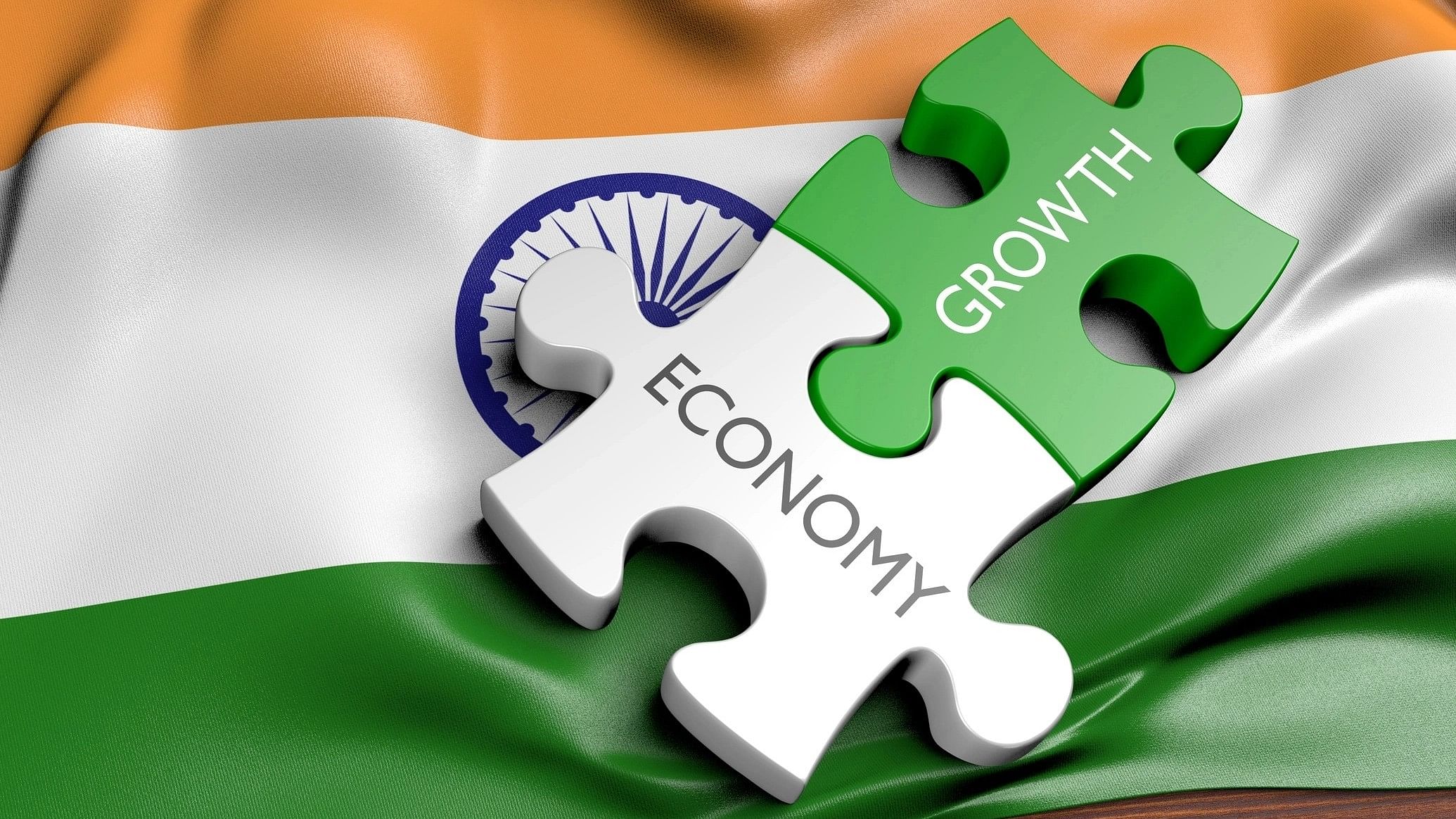
Behind the veil of budgetary numbers, the interim budget has given a clarion call in laying a roadmap towards attaining the stature of a developed economy by 2047.
Credit: iStock Photo
Seventeenth Century philosopher and economist Adam Smith would have accorded his countenance to the overarching theme of Interim Budget 2024 for upholding the virtues of the government as a provider of public goods while maintaining the momentum for a thriving private sector under the vigils of an ‘invisible hand’ (market forces).
Though a vote-on-account, it didn’t lack the courage and conviction to send the message of an ‘emerging India’ to all. This was evident in the prudent macroeconomic report card with the economy growing at 7 per cent, and the fiscal deficit kept in check at 6 per cent for FY2024.
Notwithstanding the major economic headwinds exacerbated by ongoing geopolitical tensions, domestic and foreign investors would do well to savour the emerging story from one of the world’s fastest-growing economies.
Beyond the numbers, the interim budget provides a clear roadmap for sustaining the reformist agenda by striking a delicate balance between capitalism and socialism. As India remains steadfast in achieving the $5 trillion economy target over the next three years, the tone is clear in generating social welfare without hurling aspersions on the private sector which is vital for creating a virtuous cycle for an interwoven interaction between investment and consumption.
For a complex democracy like India with disparate aspirations, it is crucial to achieve a symphony between the government’s mandate in delivering economic justice to the masses and the private sector’s fiduciary duty by playing a leading role in creating sustainable economic opportunities and contributing to the fiscal coffers measured from the perspective of tax buoyancy. In this regard, increasing the allocation of capital expenditure by 11 per cent maintains the momentum in the delivery of public goods with an accompanying multiplier effect to the benefit of the wider economy.
The private sector will cheer the government’s decision to lower its borrowing in the coming fiscal by ameliorating the crowding-out effect with an intended goal of incentivising private borrowing by tapping into the bond markets. With an expected surge in foreign inflows on the back of the inclusion of government bonds in global bond indices, there is an expectation of a benign impact on yields providing a fillip to financing in a boost towards investments.
Behind the veil of budgetary numbers, the interim budget has given a clarion call in laying a roadmap towards attaining the stature of a developed economy by 2047. To this end, the incentives, and initiatives to develop a robust socio-economic ecosystem cannot be underestimated.
Policies on galvanising India as a leader in clean energy are laudable. Besides lowering energy costs attributable to fossil fuels, investment opportunities emerging from incremental capital expenditures will play a significant role in boosting economic credentials.
Commentators have long been cynical of India’s demographic dividend in the absence of skilling. To this end, measures aimed at skilling India’s youth on emergent technologies including coding, artificial intelligence (AI), robotics, Internet of Things (IoT) and financial technology (Fintech) will help in transforming demographic dividends into an enduring economic advantage, solidifying India’s unrivalled position as one of the largest repositories of human intelligence. The creation of dedicated internationally benchmarked skill centres with access to excellent physical and intellectual infrastructure will be critical in achieving this goal.
As India looks even further to leapfrog to become a $7 trillion economy by 2030, more than the size of the economy, the discernible difference made in the economic well-being of the people at the bottom of the pyramid would indeed serve as the penultimate litmus test on governance and delivery. To that extent, the budget has kept the momentum in further reforming the delivery of public services on the edifice of digital infrastructure.
All these announcements give a picture of what this government intends to build upon in the event of it returning to power after the general elections this summer. The roadmap laid out on February 1 in Parliament is not just for the immediate future, but for the years to come.
The next step by extension should involve creating robust income-generation opportunities for rural households to serve the domestic market through ease of access to availing credit. In this regard, the role afforded by micro-finance institutions, small finance banks, and, most significantly, MUDRA is crucial in achieving financial inclusion. Here again, the interim budget has done well in further reforming the ease of credit access and incentives for the MSME sector.
The stock markets’ reaction may not be material at this stage. But all indicators point towards India retaining the favour as one of the largest investment destinations by market capitalisation, having recently surpassed Hong Kong. This is another opportunity to fast-track its ambitious disinvestment agenda and accelerate the monetisation of government-owned assets through long-term leasing by evolving innovative structures on public-private partnerships. Percolation of a thriving stock market down to the last citizen should be one of the top priorities for the government.
The budget may have been interim, but going by the vision and the roadmap, it certainly looks like the resolve on economic emancipation is final.
(Ullas Rao is Assistant Professor of Finance, EBS Dubai. X: @Ullasrao7.)
Disclaimer: The views expressed above are the author's own. They do not necessarily reflect the views of DH.